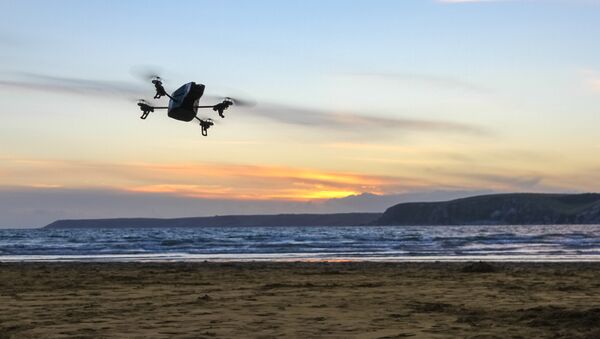This company received $1 million recently from the Naval Special Warfare Command and the Defense Innovation Unit Experimental, a US Department of Defense embassy in Silicon Valley, for the development of an autonomous drone that can fly indoors without using conventional controls, such as human operator or GPS signal.
The Shield AI device is about the size of a small commercial hobbyist drone, and relies solely on proximity sensors that map the space, all while simultaneously streaming several video feeds.
From a video provided by the manufacturer, it might be assumed that, at its current stage of development, the Shield AI drone is too big and too loud to act in a stealthy manner, making it a relatively easy target that would not serve to surveil a building full of armed bad guys who would know where and what it is, and act very quickly to neutralize it.
That limitation could be circumvented, however, should the Shield AI software and sensor hardware be implemented on a different chassis, such as a PD 100 Black Hornet, reportedly in use by British special forces since 2011. The so-called nano drone, described as such because it can sit in the palm of your hand, resembles a classic helicopter. According to video provided by manufacturer Prox Dynamics, the Hornet is capable of flying against winds of 8 to 12 m/s, has a weatherproof hull and is has thermal and night-vision camera capability.
A hybrid of these two products could be used not only in Special Forces operations, but also in rescue operations in which surveillance in confined spaces is required. It could be especially effective in cave rescues, thanks to its autonomous mapping and flight capability.




